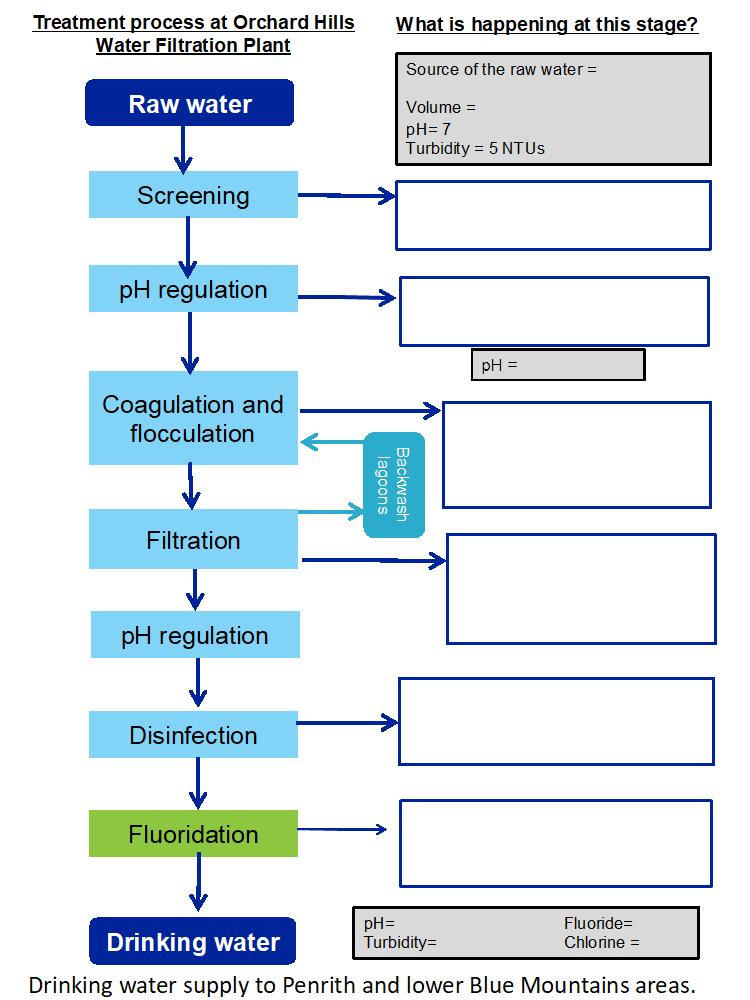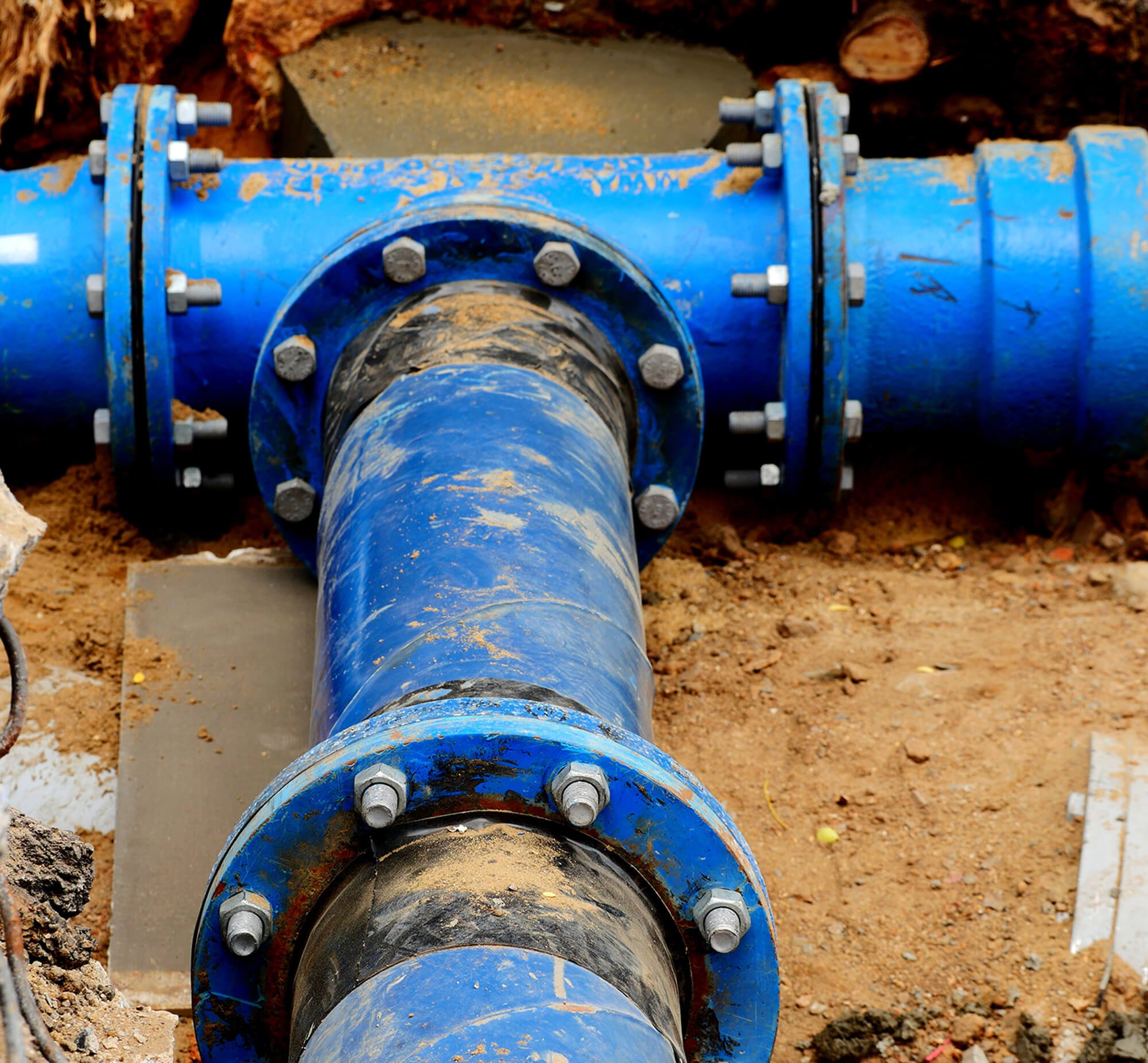Residential Water Treatment System Can Be Fun For Anyone
Table of ContentsResidential Water Treatment System for BeginnersResidential Water Treatment System Fundamentals ExplainedGetting My Residential Water Treatment System To WorkAn Unbiased View of Residential Water Treatment System

on the various other hand, originates from production, commercial as well as business activities brought and has a completely various structure than sewage water. Exactly how does it work? The primary step in this water therapy plant is that the wastewater drains pipes to the plant with the help of gravity through the major drain system.
In this phase, the water relocates with the crushed rock chamber to eliminate any type of grit. The water after that relocates to the bar screens which get rid of huge things.
This is after that gotten rid of from the tank and disposed of at the dump. Following comes the sedimentation phase, likewise called the main treatment. In this stage, the water moves to the key settling containers, also understood as pre-settling basins. These tanks have receptacles which are situated in the base of the storage tank where water moves through.
The Buzz on Residential Water Treatment System
These clearing up tanks make it possible for the sludge to settle and after that relocates to food digestion tanks. In the food digestion storage tanks, the sludge is heated and combined. One more important point that occurs here is the manufacturing of biogas, which the wastewater treatment plants can reuse, in the manufacturing of electrical or thermal power which is another significant benefit to the setting.

The last action in wastewater therapy is assessment. This inspection entails checking the contamination level of the water dealt with and also making certain it follows the highest requirements in order to be launched or recycled for residential or commercial purposes. residential water treatment system. Applications: Many oil refineries or petrochemical along with chemical markets create a huge quantity of wastewater and call for on-site wastewater therapy plants.
The wastewater here flows with displays and also into settlement containers that can take out particles in huge amounts. It acts as a pre-treatment as stated above as it occurs before 3 even more hostile stages- primary, second and also tertiary therapy. Key Therapy Throughout this stage, the wastewater moves into the clarifiers.
How Residential Water Treatment System can Save You Time, Stress, and Money.
It is the layout of these storage tanks that result in clearing up, that is, the natural solid matter accumulates at the base of the storage tank while the lighter issue floats to the leading ending up being much easier for elimination. The raw material that clears up near the bottom is called a main sludge blanket.
Second Treatment This therapy phase is composed of aerobic oygenation. Aeration basins contain aerators, these have next a system of pipes or tubes attached to them. They are made from ceramic or rubber membranes that have tiny holes in them for air to pass through. When this air moves through the aerators, the tiny holes present, transform them into bubbles and they obtain blended with the water column.
This RAS returns into the main explanation storage tank and also the germs in it assists in breaking down any type of organic issue in the sewer. As soon as RAS has actually entirely gone through both the primary as well as second explanation containers continuously, i. e several times, it is turned right into waste-activated sludge (WAS). The WAS after that does not return to the key clarification tank however rather relocates to the protected tanks, likewise called cardiovascular sludge digesters.
The remaining sludge steps to the dewatering center that consists of dewatering storage tanks where the plant utilizes belt presses to squeeze any type of staying water out of the sludge. Tertiary Therapy Tertiary treatment complies with the process of both main as well as additional processes but likewise furthermore includes mechanical as well as photochemical procedures.
10 Easy Facts About Residential Water Treatment System Shown
The goal of this is to remove as much strong physical issues as feasible prior to sending the effluent for more treatment. Below chemicals are included to damage down any type of solid and also chemical waste.
There are two kinds of resins- one is an anion one while the various other is a cation one. These former materials release hydroxyl ions which are adversely billed while the cation resins release hydrogen ions that are favorably billed. The cation-exchange resins cause softening of water, the anion-exchange lead to the elimination of nitrate from wastewater as well as the combination of go right here both the anion as well as cation exchange removes essentially every ionic impurity existing in the feed water with a process called deionization (residential water treatment system).
Applications: Demineralization results in the complete removal of minerals from the water and is normally made use of in industries that require water with high levels of pureness, as an example- make-up or feed water in high-pressure central heating boilers, the food and beverage market, and also procedure streams made use of in the production of electronics. They are also used in markets for the generation of heavy steam, power as well as air conditioning.
Reverse Osmosis (RO) Water Therapy The principle of reverse osmosis (RO) operates on the purification approach that causes the removal of a a great deal of contaminants and impurities from wastewater by applying pressure to it when it gets on one side of a membrane. How does it work? This water treatment plant works by using a high-pressure pump that enhances the pressure on the salt side helpful hints of the RO as well as compels the water throughout the semipermeable RO membrane (which enables some atoms and also particles to pass but not others), leaving nearly 95%-99% of liquified salts in the decline stream.